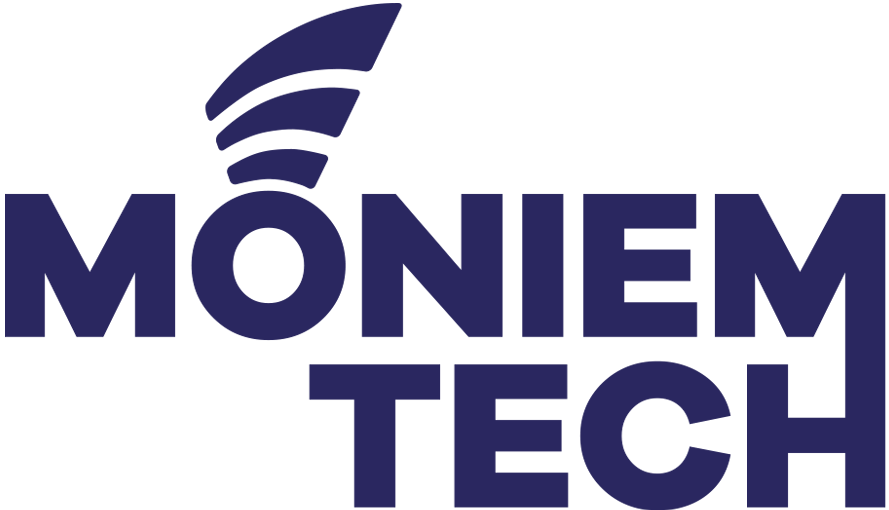My telecom journey started 13 years ago in the access domain which more specifically we can call it RAN or Radio Access Network which mainly focuses is more towards Air […]
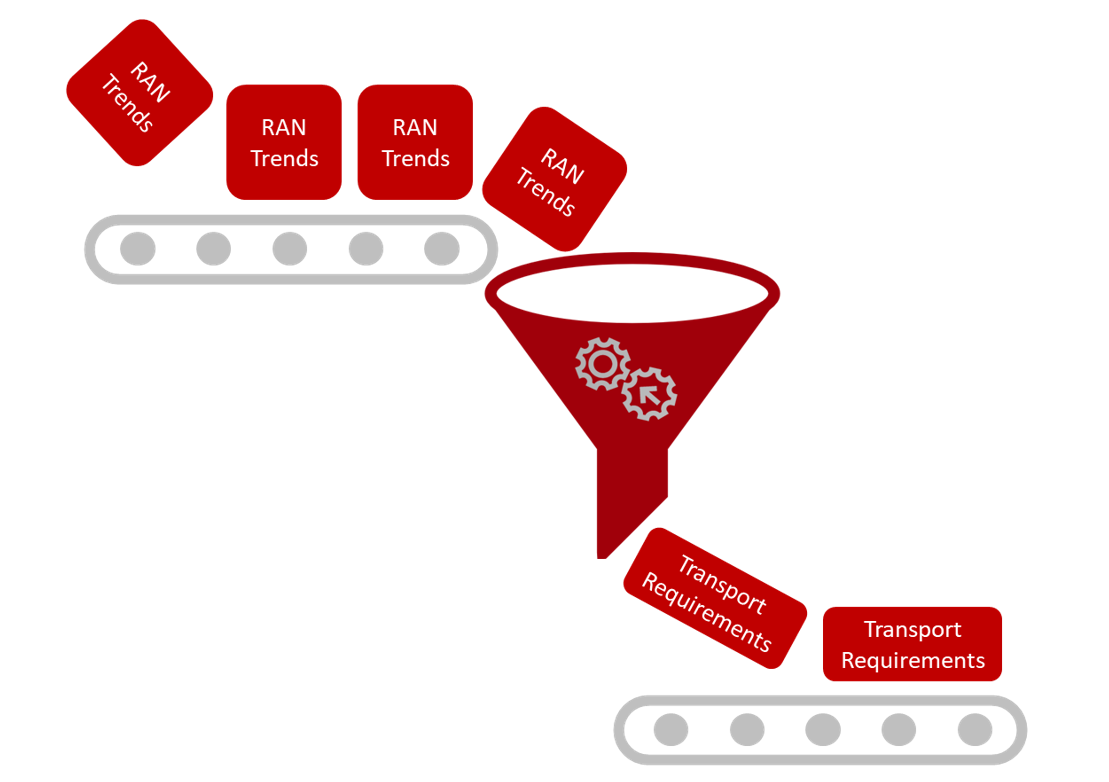
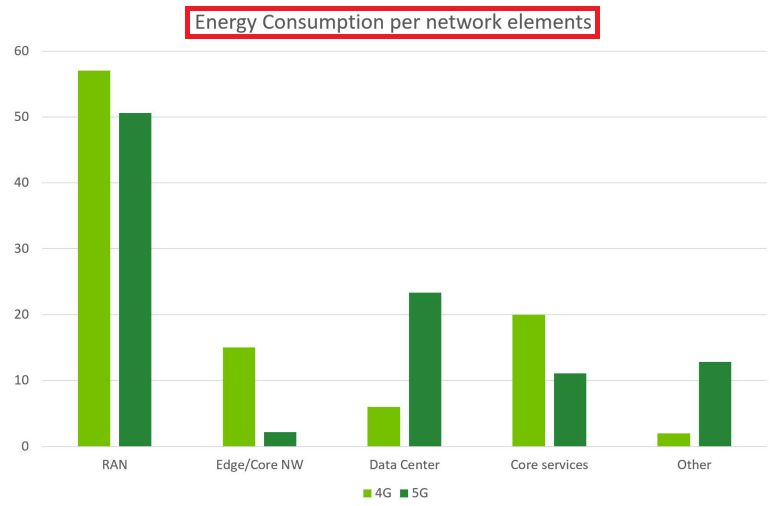
The fact of Sustainability in mobile networks starts with power reduction and meeting net-zero goals, and as we know wireless networks consume large amounts of resources, from electricity to raw […]
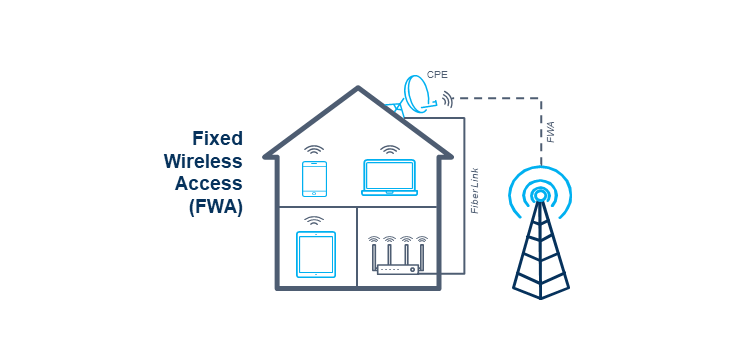
5G has made it possible for wireless networks to compete against fiber, satellite, xDSL, and cable in delivering high-speed broadband service to residences and businesses at attractive prices through FWA. What is FWA? […]
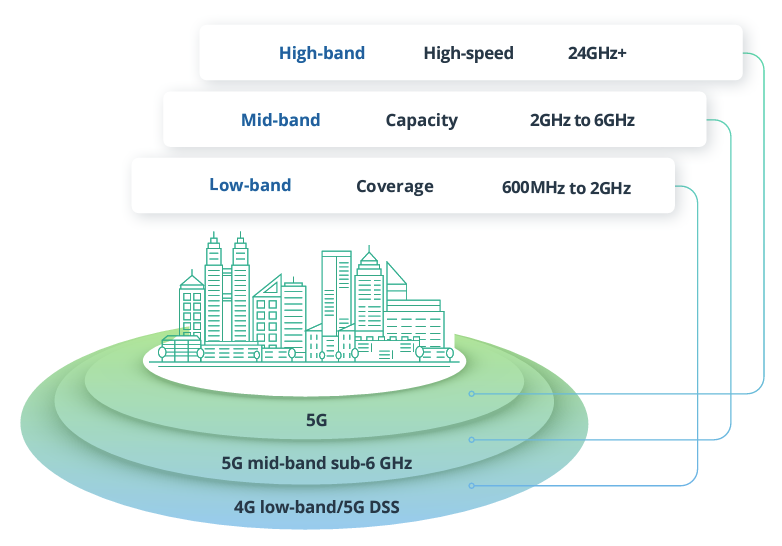
5G defines the use of wide radio channels. Whereas 4G is limited to a maximum radio channel size of 20 MHz, 5G standards specify the use of radio channels up […]

5G delivers higher data speeds, and lower latency, and supports more users, devices, and services while simultaneously improving network efficiency. As defined by the Third-Generation Partnership Project (3GPP), the 5G […]

? 5G network comprises a remote radio unit (RRU), distributed unit (DU), a centralized unit (CU), and a core network. The terms fronthaul, midhaul, and backhaul are describing the 5G […]

As we know that RAN, Radio Access Network, is divided into two main components: -> Baseband Unit (BBU). -> Radio Unit (RU). The move from D-RAN to C-RAN then v-RAN […]

All notes you should know about 5G mmWave Band. ? 5G mmWave refers to the higher range of radio frequencies (above about 24 GHz) supported by 5G. Also, it’s called […]
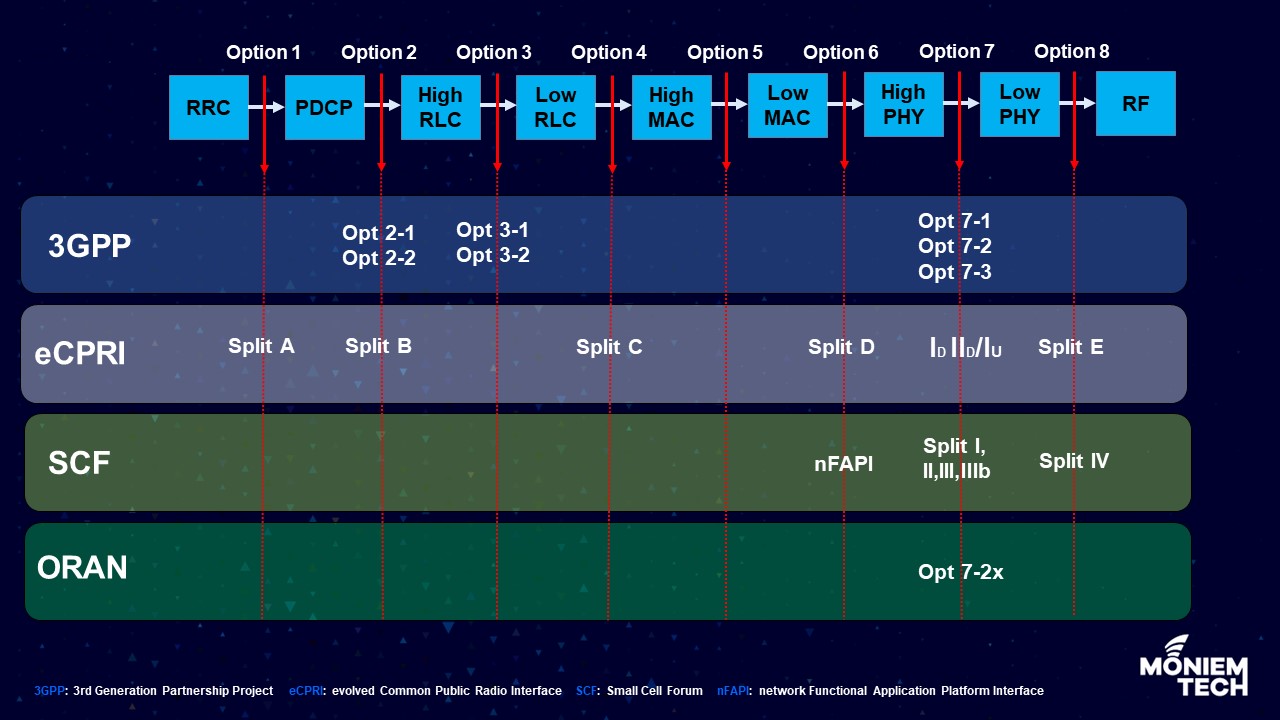
The increase in data rates in 5G makes it impractical to continue with the conventional CPRI fronthaul implementation. Moving towards a higher layer split would relax the latency and bandwidth […]
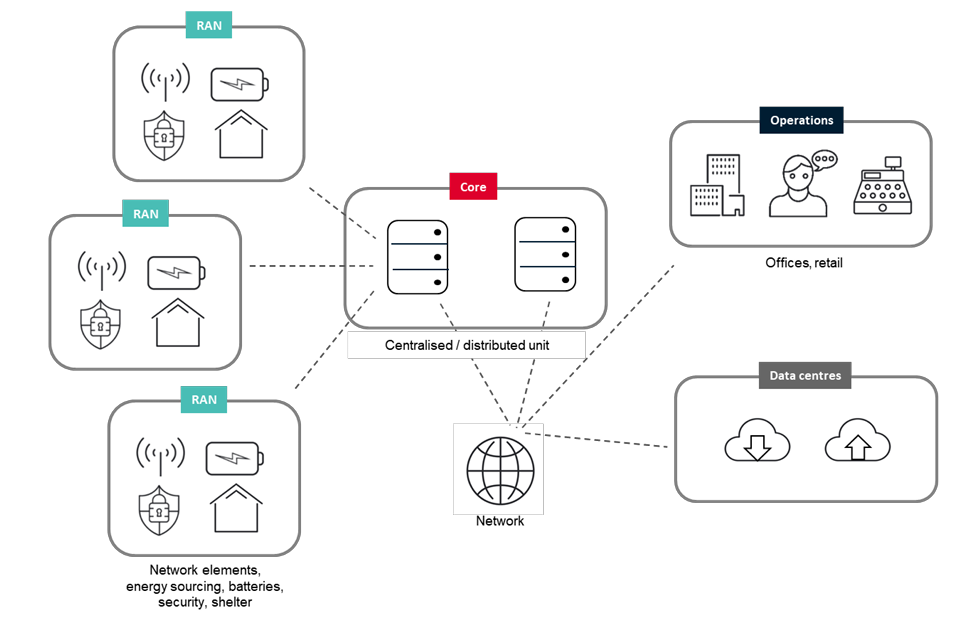
There’re many factors that impact the energy consumption in the mobile network operators, some of them related to climate, population density, and data consumption levels, while others are related to […]

The Security Edge Protection Proxy (SEPP) is a proxy that sits at the perimeter of the PLMN network and enables secured communication between inter-PLMN network messages. It protects the home […]
